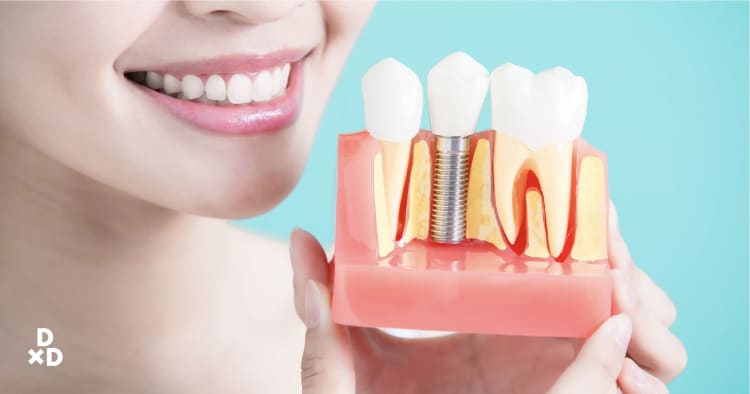There are many different types of turmeric found around the world. The one you are most likely familiar with is Curcuma Longa, also known as Yellow Turmeric. It is commonly found in Indian cuisine and used in health supplements.
Japanese White Turmeric is exclusively grown in Kyushu, Japan. It was discovered to contain highly potent anti-inflammatory agents.
While both Japanese White Turmeric and Yellow Turmeric are used in supplements for joint pain, they are not the same. Here are 3 differences between the two types of turmeric used for joint pain supplements:
1. The potency of anti-inflammatory agents
Generally, Turmeric contains Curcumin, a natural Polyphenol. Curcumin is a hot topic in the research community because it has multiple health benefits, such as having anti-inflammatory properties, helping kidney function, and improving metabolism. Most Yellow Turmeric contains Curcumin, which is why they’re often used in supplements to relieve joint pain.
Japanese White Turmeric, on the other hand, is the only turmeric species known in the world that contains a large amount of Labdane-type Diterpenes (Labdane), enough to form a supplement.
While Curcumin has some effect on arthritis [1], evidence for its effectiveness is low and it is not nearly as effective as the Labdane in Japanese White Turmeric in treating osteoarthritis [2].
Labdane, which is found in the roots of Japanese White Turmeric, has the ability to strongly reduce inflammation that occurs in the joint capsule.
Researchers found that Labdane controls inflammation in the synovial membrane, which eventually leads to a better cartilage condition.

2. Side effects
Although Curcumin has a long-established safety record, some studies have reported negative side effects in some subjects, such as diarrhoea, headache, rash, and yellow stool [3]. Blood thinners have also been found to interfere with Curcumin, so do consult your doctor before taking any supplements if you have an existing medical condition [4].
On the other hand, Japanese White Turmeric has been found to reduce inflammation and pain with minimal side effects. In fact, the evidence we have on hand suggests that there are no side effects, nor interactions with other drugs.
This means that Japanese White Turmeric is safe to be taken with other medications or supplements.
Despite its newness in the market, Labdanes have been clinically approved, with two patents put on them [5] [6].
3. Pain reduction
Studies researching the efficacy of Curmumin for pain reduction have found that a dose of 2g of Curcumin had a pain-relieving effect in subjects with acute pain but without a diagnosis of osteoarthritis [7]. A lower dose (1.5g) was found to give only transient and often inadequate relief of pain.
The pain-relieving effect of the dose (2g of Curcumin) only achieved significance after 2 hours of consumption.
As for Japanese White Turmeric, it has been found to help reduce pain in patients suffering from arthritis specifically.
In the initial in-house trials, 60 patients were involved in the testing of Labdane. And after that, another 30 patients from the Sodegaura hospital [2]. In both trials, patients had osteoarthritis on the knees.
They were given 3.2mg of Labdane in 2 capsules and their pain was measured on a scale called the Visual Analogue Scale (VAS), which is based on a rating between 0-10.
While patients initially reported moderate to severe pain (5.2 ± 2.6), the pain dropped to mild to moderate pain after 4 weeks (3.8 ± 3.0) and 8 weeks (2.7 ± 2.5) [8]. Some patients experienced no pain at all.
These results were statistically significant, meaning that the drop in pain was likely because of the Labdane rather than by chance.
Read this: The Ultimate Guide to Supplements for Joint Health in Singapore (2021)
To start you off on the wonderful benefits of Japanese White Turmeric, here is a free bottle of Turmeron Joint that contains the unique, Japanese patented White Turmeric.











